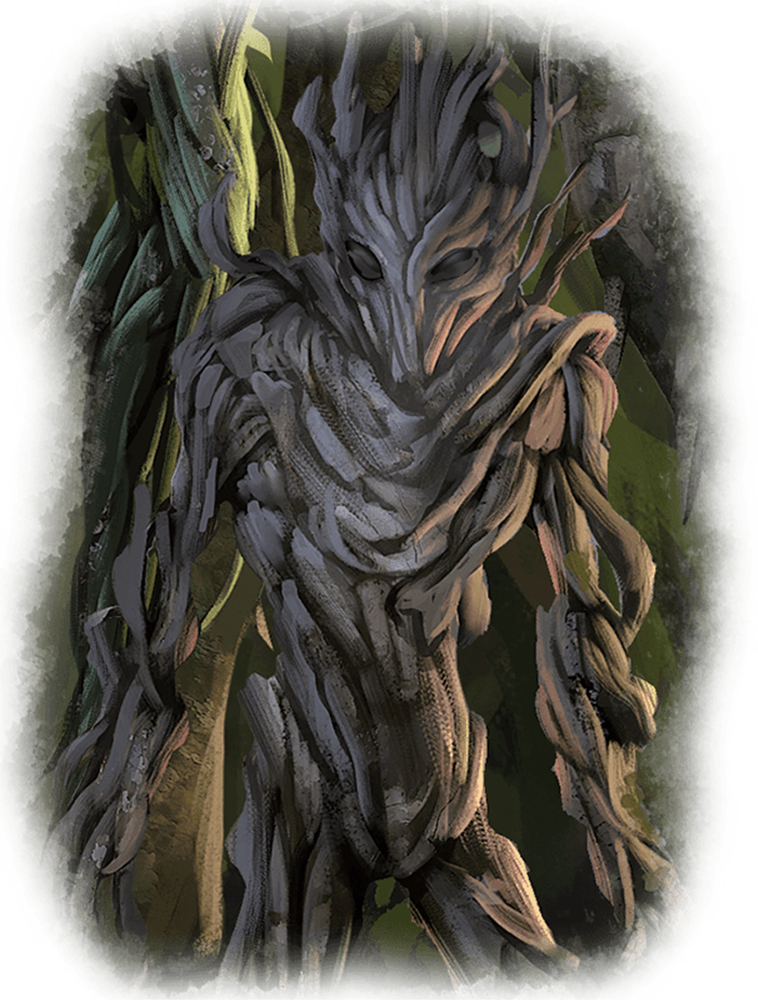


Various forms of tree blight can disrupt the flow of water within the tree and cause an ooze secretion that results in wilting and discoloration of leaves, fruit, and flowers and dieback of the branches. Tree Blight on the fruit of a cherry tree When the root system becomes affected, the entire tree can become compromised, and it will likely need to be removed. Eventually entire branches can die.Īs the pathogen enters the tree, it finds its way to the vascular system where it can spread throughout the tree and makes its way to the main trunk and root system. These branches can become girdled by the cankers and a black or brown ooze will come out of the branches and cause the leaves, flowers, or fruit to become discolored and wilted. The pathogen can enter the tree through openings in the bark and form cankers on the affected branches. The bacteria or fungus can quickly infect and spread through an infected tree, especially during wet or humid weather conditions. Pollinating insects are the main vectors for various forms of tree blight, but the bacteria or fungus can also be spread by wind, rain, and even pruning if the tools used for tree trimming are not sanitized between uses. These insects, mainly pollinating insects, will carry the bacteria or fungus to the leaves, fruit, and flowers of healthy trees where it will multiply before penetrating the tree. This ooze attracts insects which then makes them carriers of the bacteria or fungus. When the spring arrives, the bacteria or fungus multiplies in the wet conditions and an ooze will secrete through natural openings in the bark. In many cases involving tree blight diseases, the bacteria or fungus that causes the disease overwinters in the cankers, branches, or trunks of already infected trees. Tree Blight killing the branch of an apple tree
#Tree blight 5e professional#
It is important to contact our professional arborists at Hendricksen Tree Care if you believe your trees are affected by tree blight because ignoring the signs of these diseases can result in significant damage and even the removal of your trees. Our professional arborists at Hendricksen Tree Care can help provide effective care for your trees that include tree care and maintenance to prevent and treat tree blight and other tree diseases. This includes signs of tree blight, how these diseases come to affect trees, and tree blight treatment and control. In this guide, we will take a look at tree blight in general as well as specific types of tree blight diseases that can attack different types of trees. Tree blight diseases can affect a wide range of trees native to Illinois including fruit trees like apples, crabapples, and pears, pine trees, maple trees, oaks, dogwoods, elms, and more. Infected leaves, fruit, and branches may have a dark colored ooze emerging from them that will cause the leaves and fruit to wilt and discolor. Once the bacteria or fungus enters the tree, it makes its way to the vascular system where it can spread throughout the tree and eventually to the roots. It is also possible for it to be spread by wind and rain. Whether started by a fungus or bacteria, it is generally spread to vulnerable leaves and fruit by insects.

Extreme cases of tree blight can cause branches to die and even make removal necessary. These diseases can be caused by bacteria or fungi and they generally cause discoloration and wilting of leaves and fruit.

Tree blight refers to several similar contagious tree diseases that can attack hundreds of different trees that are native to Illinois from fruit trees to pines.
#Tree blight 5e series#
We have returned this week with our series on the common tree diseases and insect pests in Illinois to investigate a set of tree diseases that can attack the leaves, branches, and fruit of many different types of trees: tree blight.
#Tree blight 5e how to#
Learn how to prevent, identify and treat Tree Blight in your Chicagoland home


 0 kommentar(er)
0 kommentar(er)
